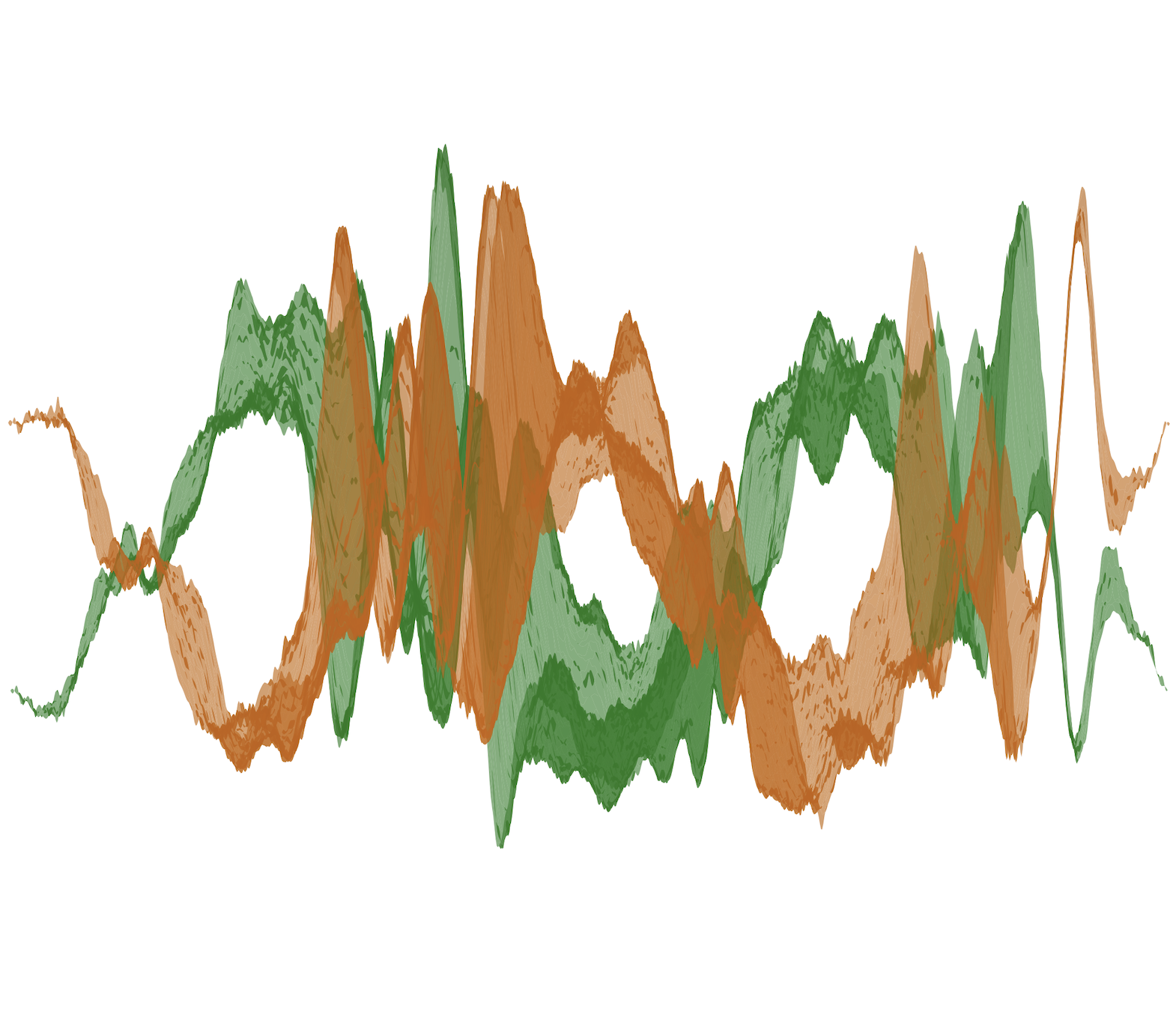THE direct detection in September 2015 of gravitational waves (GW) by the LIGO-Virgo collaboration (Abbott et al., PRL, 2016), a century after their prediction by Albert Einstein, is certainly one of the most important events in astronomy of the last decades. This observation opens a new window onto the Universe called GW astronomy. Unlike photons, GW are expected to be unaffected by the opacity of the early Universe, therefore they have the potential to provide a wealth of observational data about this primordial phase. In modern Universe, shortly after being excited by a source like the merger of two black holes, GW become quickly linear because their amplitude decreases with the distance of propagation. The situation was probably different in the early Universe (first second) because GW were presumably significantly more nonlinear as they had much larger energy packed in a much tighter space. Different mechanisms have been proposed for the generation of primordial GW like first-order (GUT) phase transition [125]. The nonlinear nature of the GW was pointed out in the past and the possibility to get a turbulent energy cascade of primordial GW was also mentioned but, until our work, no theory had been developed.
In our paper [110], we study the statistical properties of an ensemble of weak GW interacting nonlinearly in a flat space-time (Poincaré–Minkowski) metric. We show that the resonant 3-wave interactions are absent and develop a theory for 4-wave interactions in the reduced case of a diagonal metric tensor with only a 2D+1 space-time. The analysis reveals the existence of a dual cascade of energy and wave action. The inverse cascade of wave action is characterized by a finite-time propagation (explosive propagation) of the metric excitations, which means in principle that it takes a finite time for the spectrum to propagate from an injection scale, at wavenumber ki, to k=0 [117]. This process is limited in scale because turbulence does not remain weak at the largest scales. Our results suggest, however, that the inverse cascade of wave action might provide (in the strong turbulence regime) a nonlinear mechanism of rapid expansion of the Universe during a finite time without introducing the cosmological constant in the Einstein equation of general relativity [125]. In our last paper [133], we report the first direct numerical simulation of weak GW turbulence (see figure). The main conclusion is that it is possible to produce turbulence in general relativity but unlike classical hydrodynamic turbulence, it does not consist of randomly interacting vorticies but, rather, it takes the form of random interacting waves.

